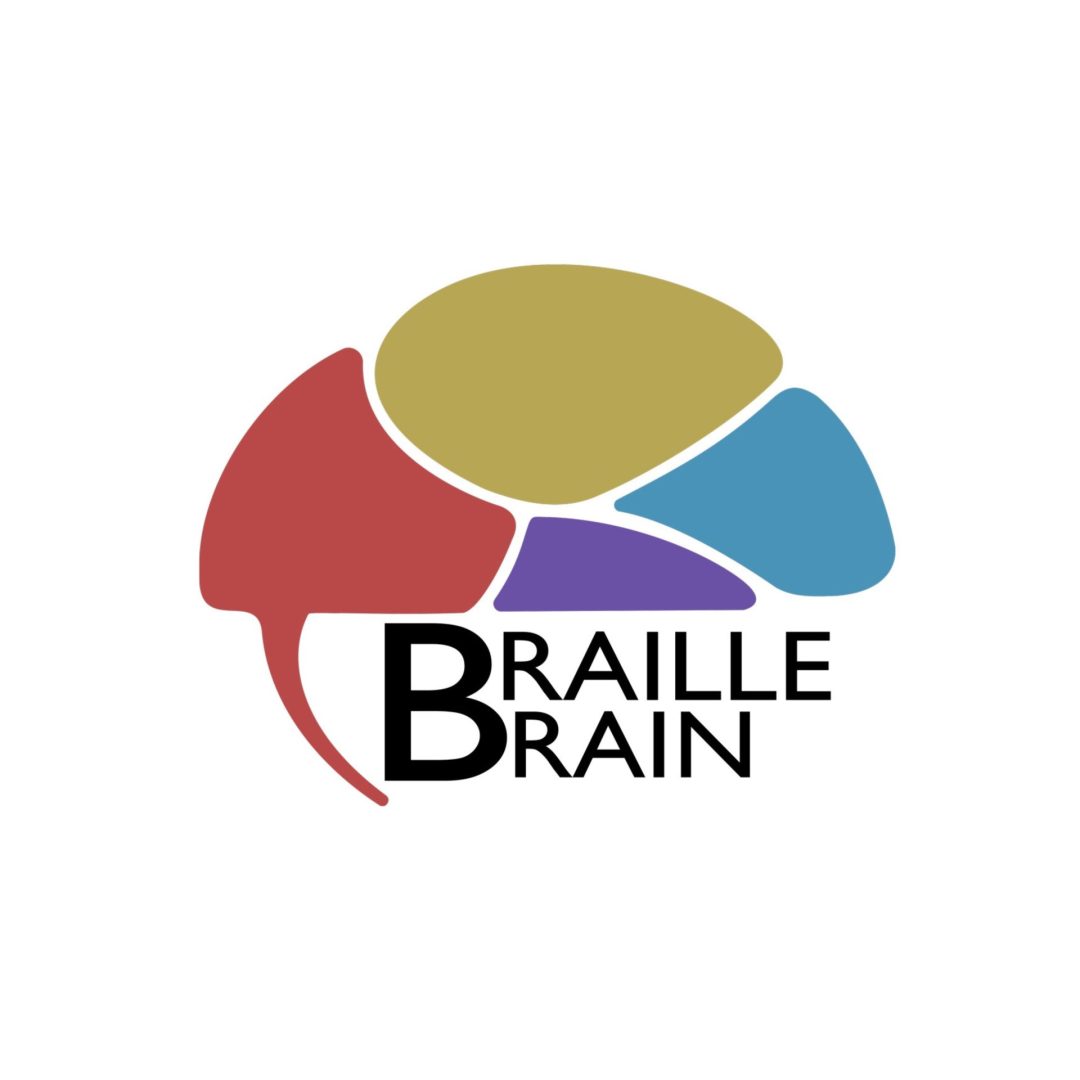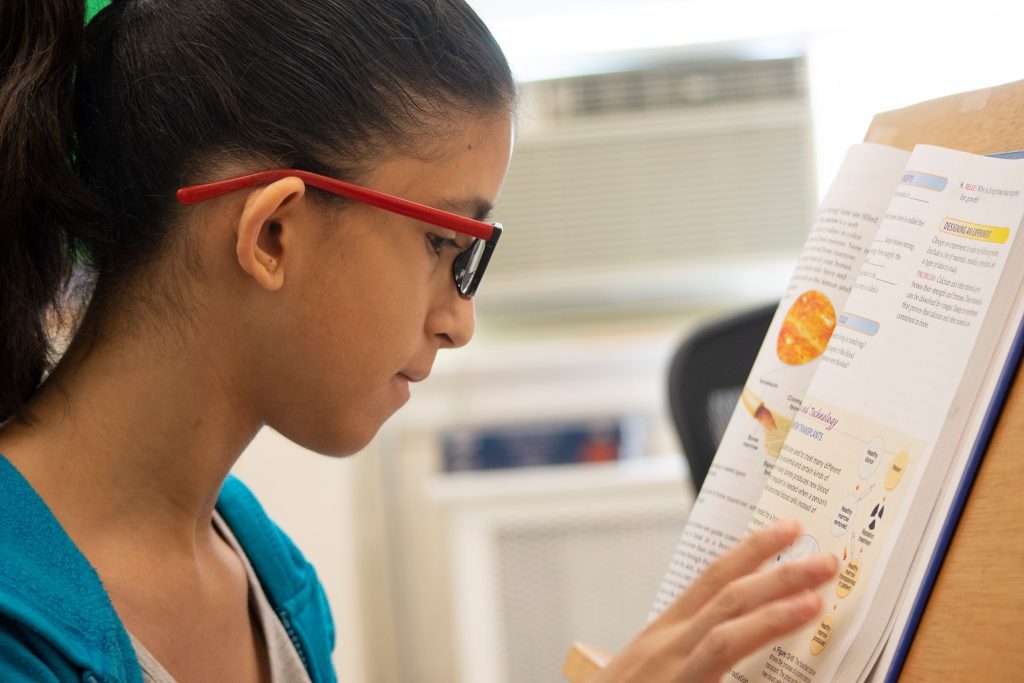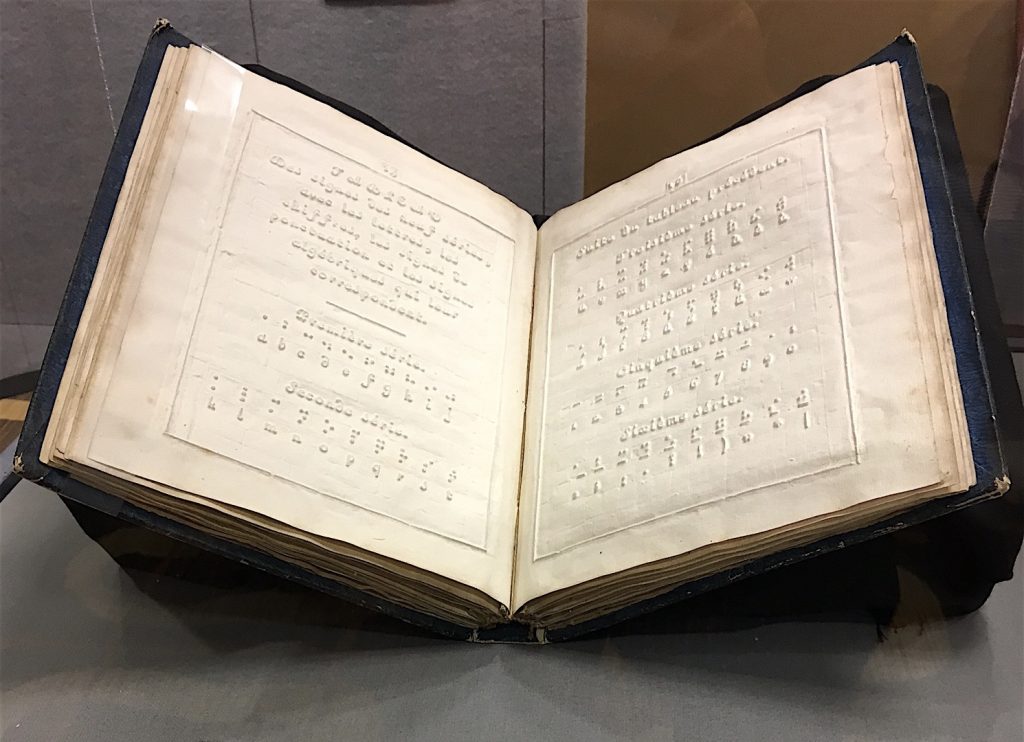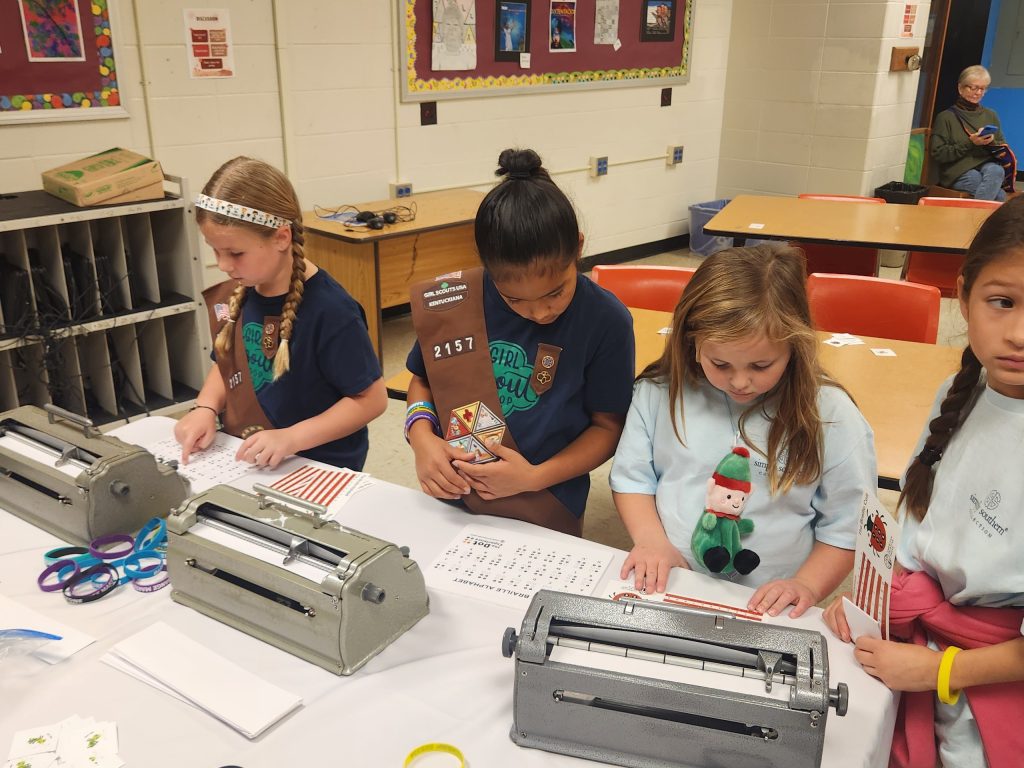Orders placed between March 27 – 31 will not ship until April 1 due to APH warehouse closure for inventory.
CloseIntroducing Braille Brain!

We are excited to announce the release of Braille Brain! This is a free website-based, self-paced curriculum to help people who already have literacy skills learn braille. Braille Brain can be especially useful for parents, paraeducators, students in university level TVI programs, people who lose sight later in life, and others who want to improve their braille skills. The curriculum is based on Ashcroft’s Programmed Instruction: UEB and starts with the basics of braille, going through uncontracted and contracted UEB braille. No account is needed to access this curriculum, making it quick and easy to use.
Braille Brain is the result of a collaboration between APH and California State University. The lead curriculum writer is Kim Blackwell, who has over 25 years of experience in the vision field, including as a content writer for the iBraille Challenge. The lead researchers are Dr. Cheryl Kamei-Hannan, professor at California State University, Los Angeles, and Gina Michell, a TVI and a faculty lecturer at California State University, Los Angeles. For more information about the experts involved with the development of Braille Brain, including all the additional content authors, please visit the About page on Braille Brain.
Braille Brain currently has 21 units. These units include braille letters and numbers, two-cell punctuation and shortform words, and braille specific symbols and formatting. The lessons include repeatable practice to help build your braille knowledge. Writing is done via six key input on a QWERTY keyboard, or on a braille display, and is reinforced with writing workout practice. The writing practices tell you how many words per minute you wrote to help you keep track of your speed progress.
Braille Brain will continue to grow over time. Future updates will include Nemeth braille and more advanced UEB content. To start your learning adventure, head over to the Braille Brain website!
Share this article.
Related articles

Louis and the AMP Database: Supporting Students and the Field
The Louis Database The concept of sharing information between braille-producing agencies dates back to the 1950s, when APH used a...

Blindness History Basics: The First Publication of the Braille Code
Louis Braille’s code lives on today as individuals who are blind and have low vision use his system to read...

Literacy Through Touch: Introducing Braille with The Dot Experience Programs
The six dots in The Dot Experience logo represent the structure of the braille cell, an important code that makes...
